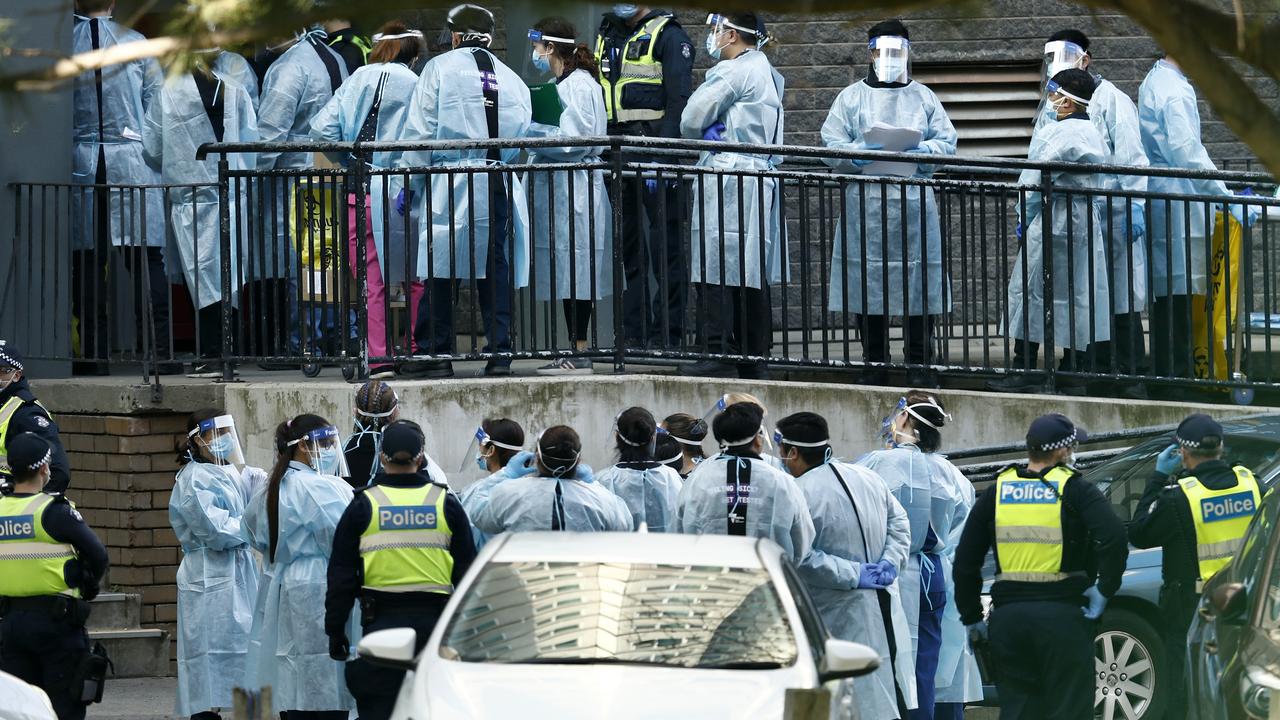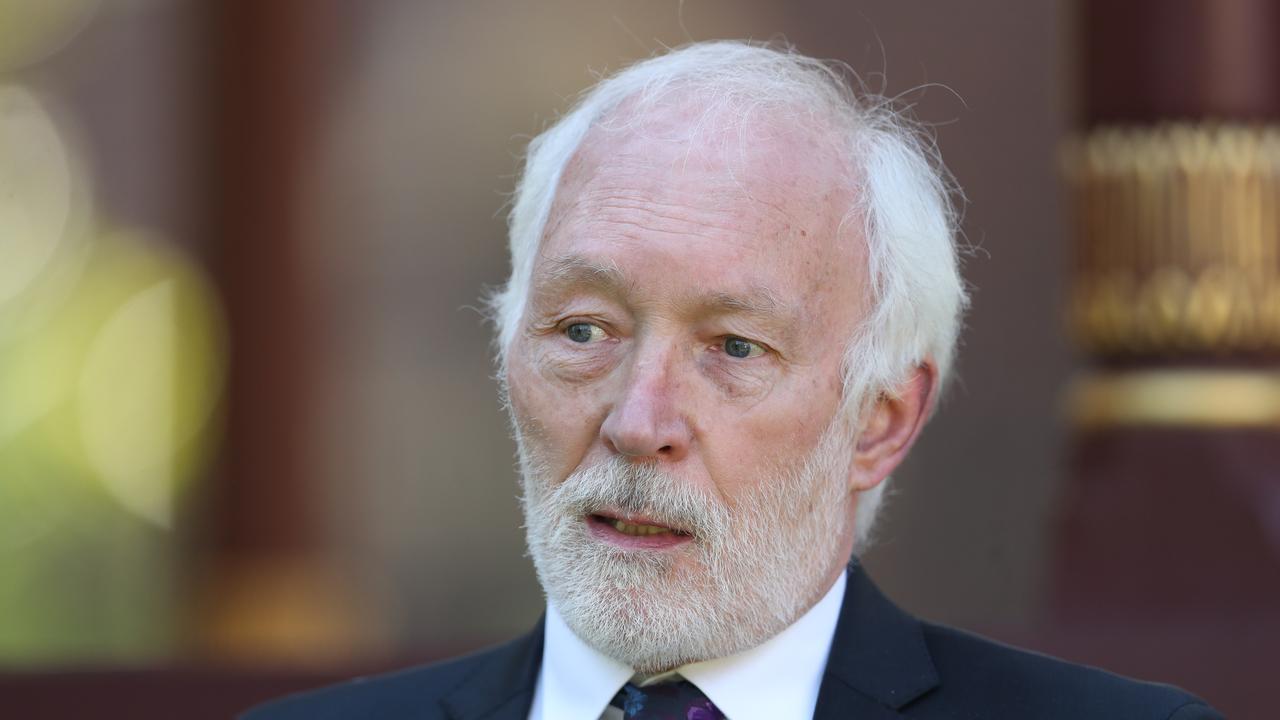Federal government faces $10bn surge in NDIS costs
The annual cost of the NDIS will jump to $32bn at the end of the first decade after it becomes fully operational.

The annual cost of the National Disability Insurance Scheme will jump by $10 billion to $32bn at the end of the first decade after it becomes fully operational, with the bulk of the increases borne by the federal government of the day, data from the Department of Social Services shows.
In 2028-29, the NDIS will have a yearly funding hole of more than $7bn, which will need to be met by the commonwealth, up from $4.1bn in 2019-20, when the scheme first begins in full at a total cost of $22bn.
State and territory governments will continue to make “fixed contributions” to the NDIS at an escalation factor of 3.5 per cent but the federal government pays for all participants who remain in the scheme after turning 65 and at present bears 100 per cent of the risk for blowouts in projections.
The fight to plug these gaps in the scheme, designed to help 460,000 profoundly disabled people live in the community with uncapped support, has spilt over into a battle with Labor, the Greens and the Senate crossbench after the federal government linked other welfare and budget savings to paying for the NDIS.
An omnibus bill to enshrine the Coalition’s childcare package — paid for in part by savings from the social services portfolio — was introduced to the parliament this month but included even more cuts that Scott Morrison said would be piped into a quarantined account specifically for the NDIS.
Almost $3bn of savings from the omnibus bill — which is unlikely to pass the Senate in its current form — will combine with $2.1bn already credited to the account from a disability support pension crackdown and other welfare system changes.
This would be enough to close the funding gap in 2019-20 but not in the years beyond as it rises to more than $6bn a year from 2021.
“The NDIS is completely committed to — it will be completely funded,” Social Services Minister Christian Porter said yesterday.
“The fact remains, though, that in the year 2020, when it goes into full operation — Labor left a shortfall in funding, and we are trying very hard to make that shortfall up by savings rather than more borrowings, rather than higher taxes.”
Labor has always maintained it fully funded the NDIS in its first full year with $33bn of savings in the decade from 2013-14. These savings were never dedicated to the NDIS, however, and some were double-counted as being both to pay for the scheme and to chip away at the budget deficit.
“The Turnbull government’s savings fund has been exposed as nothing more than an appalling political trick to try to blackmail the Senate crossbench into accepting harsh cuts from the 2014 budget,” the opposition’s social services spokeswoman, Jenny Macklin, said yesterday.
“The Liberals’ ham-fisted attempt to blackmail the Senate crossbench by threatening the future of the NDIS was wrong and offensive to people with disability.”
The NDIS agency has conceded in its quarterly reports that there are “cost pressures” on the scheme, all of which would be covered by the commonwealth if they amounted to a blowout in participant numbers.
The Australian has previously revealed modelling that sets out how some 100,000 people with mental illnesses will miss out on the NDIS and exposed an internal crisis at the agency as it tried to “divert” children with autism from the scheme after ballooning diagnosis numbers.
In a recent report, the NDIS noted one of its cost drivers was “higher than expected numbers of children entering the scheme”.
Labor will block the omnibus bill and has also previously voted down a regulation from the government to transfer money from the Education Investment Fund into the Asset Recycling Fund.



To join the conversation, please log in. Don't have an account? Register
Join the conversation, you are commenting as Logout